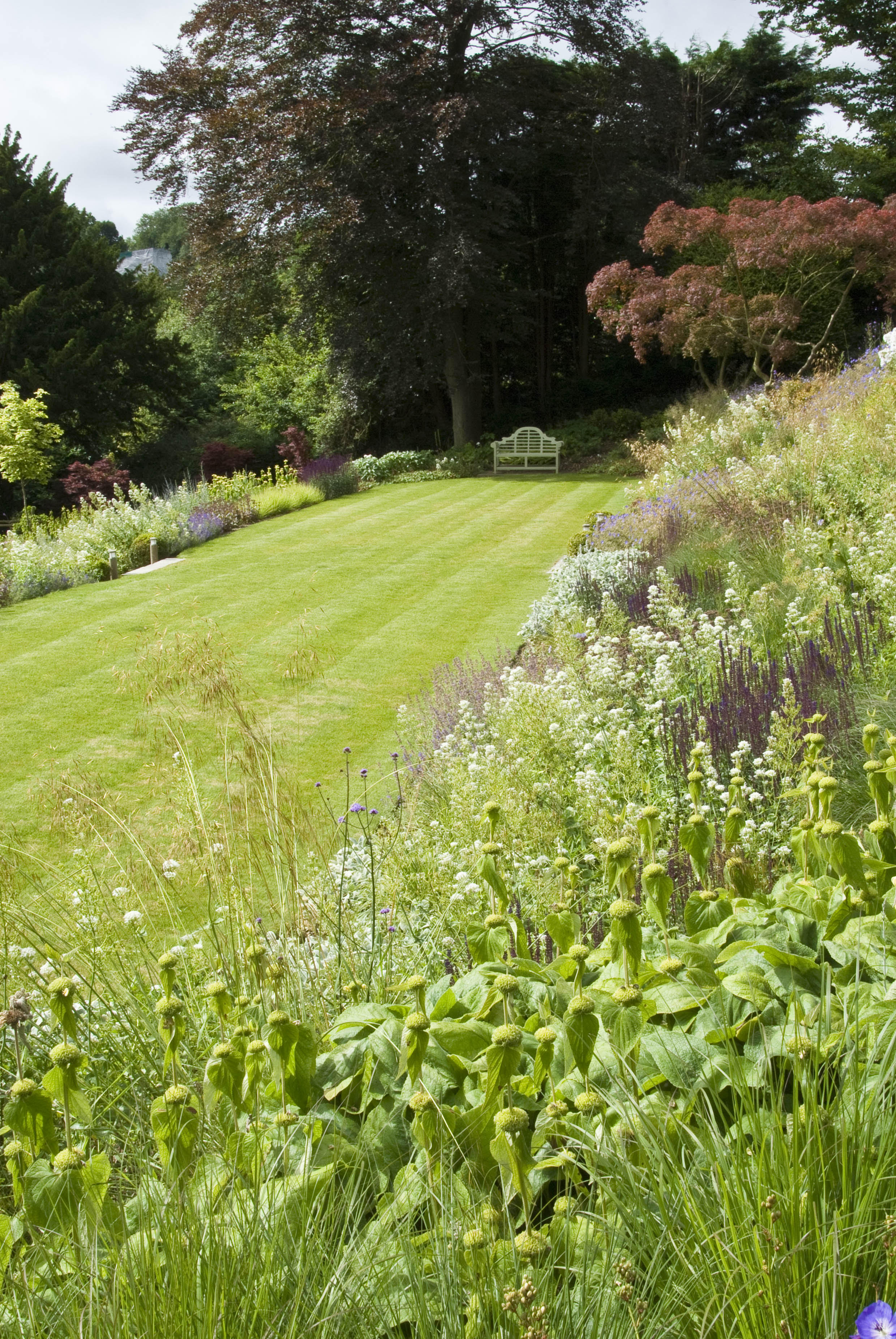If the garden has a severe slope, a structural engineer may be advisable,” says Claire Belderbos of Belderbos Landscapes. “Costs can mount if foundations and concrete walls are required.”
2. Garden Steps are a Great Idea for Sloping Gardens
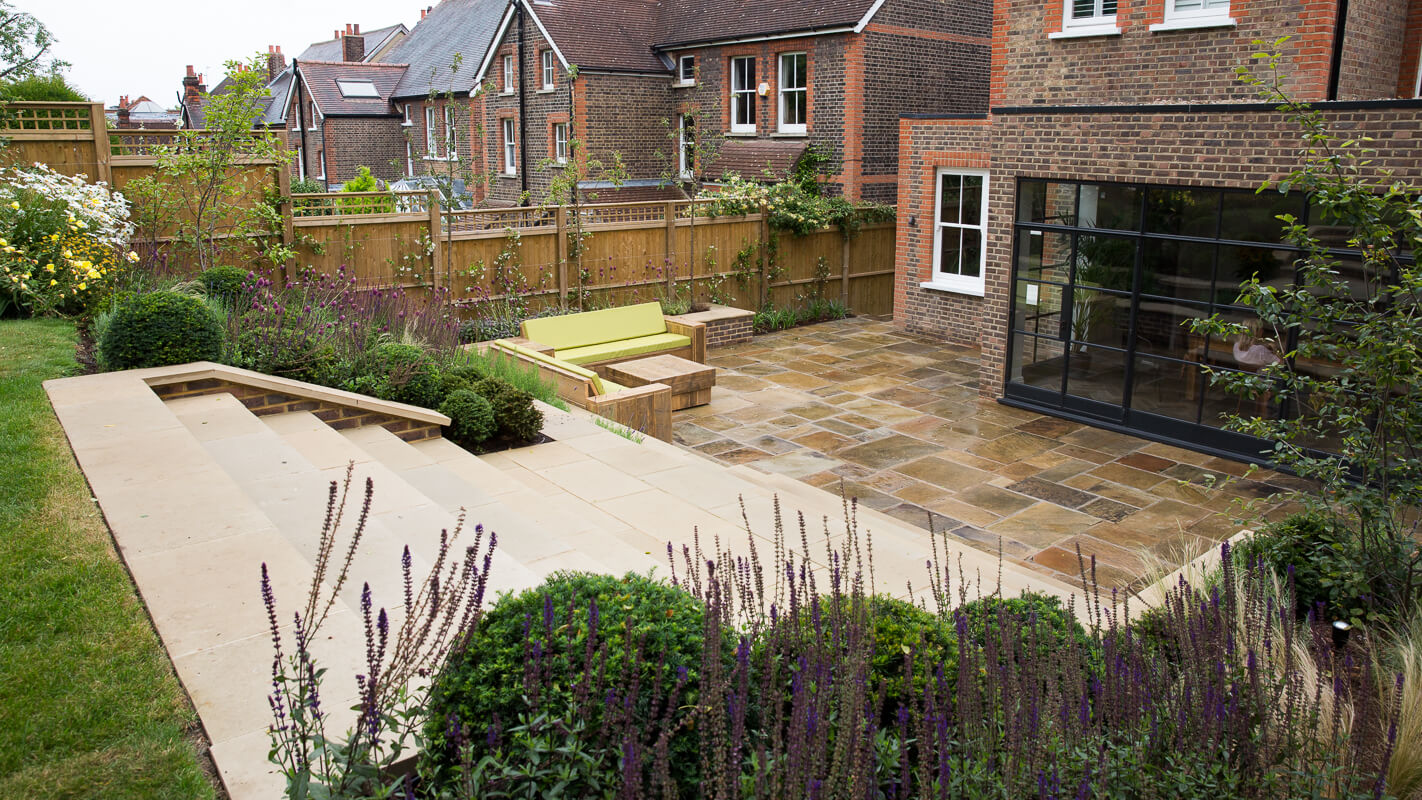
Whether you’re creating retaining walls, or sticking a little more with the natural gradient of the garden, creating steps is a great transition between spaces in a sloping garden.
With any high traffic area that is to be used year round, textured hard-wearing paving is a better solution over wood and other materials that move or prove slippery in wet or cold weather.
Steps and level changes should always have good lighting built in, even at a low level, to avoid the risk of slipping or missing a step. On very steep rises it’s also always worth considering a hand rail for when the weather is particularly icy or wet.
(MORE: How to Build Garden Steps)
3. Lighting Ideas for Sloping Gardens
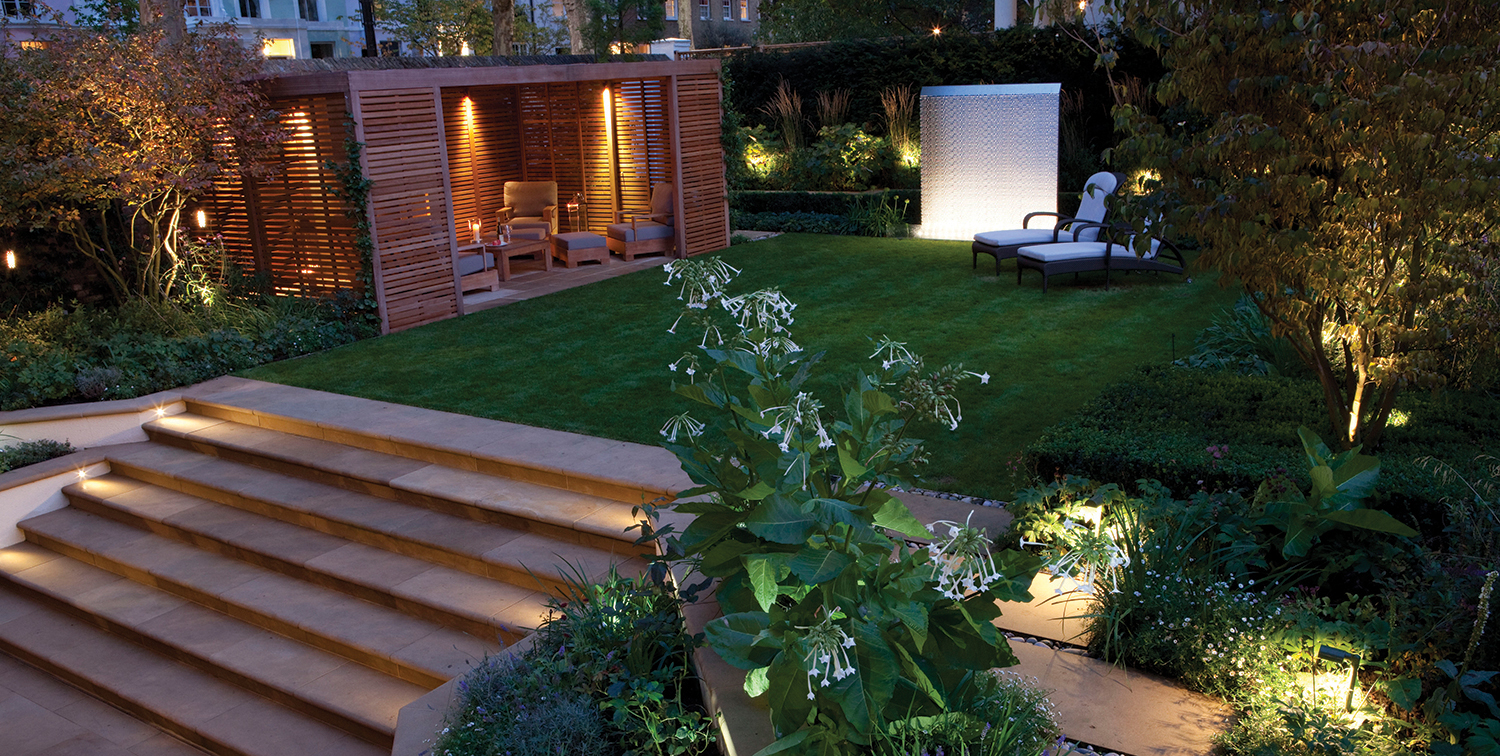
The journey through a garden design is even more important in a sloping garden, and this extends to your lighting scheme too. Always adding lighting to steps for a safety conscious approach, and then use lighting to guide you through the garden. Accent lighting for key trees and shrubs or landscaped elements will help your eye travel up a sloping design. Finish your design with an accent at the end of the garden which is a real focal point. This could be a sculpture, water feature or even your garden office.
(MORE: Garden Lighting Ideas)
4. Use Water in Your Sloping Garden Scheme
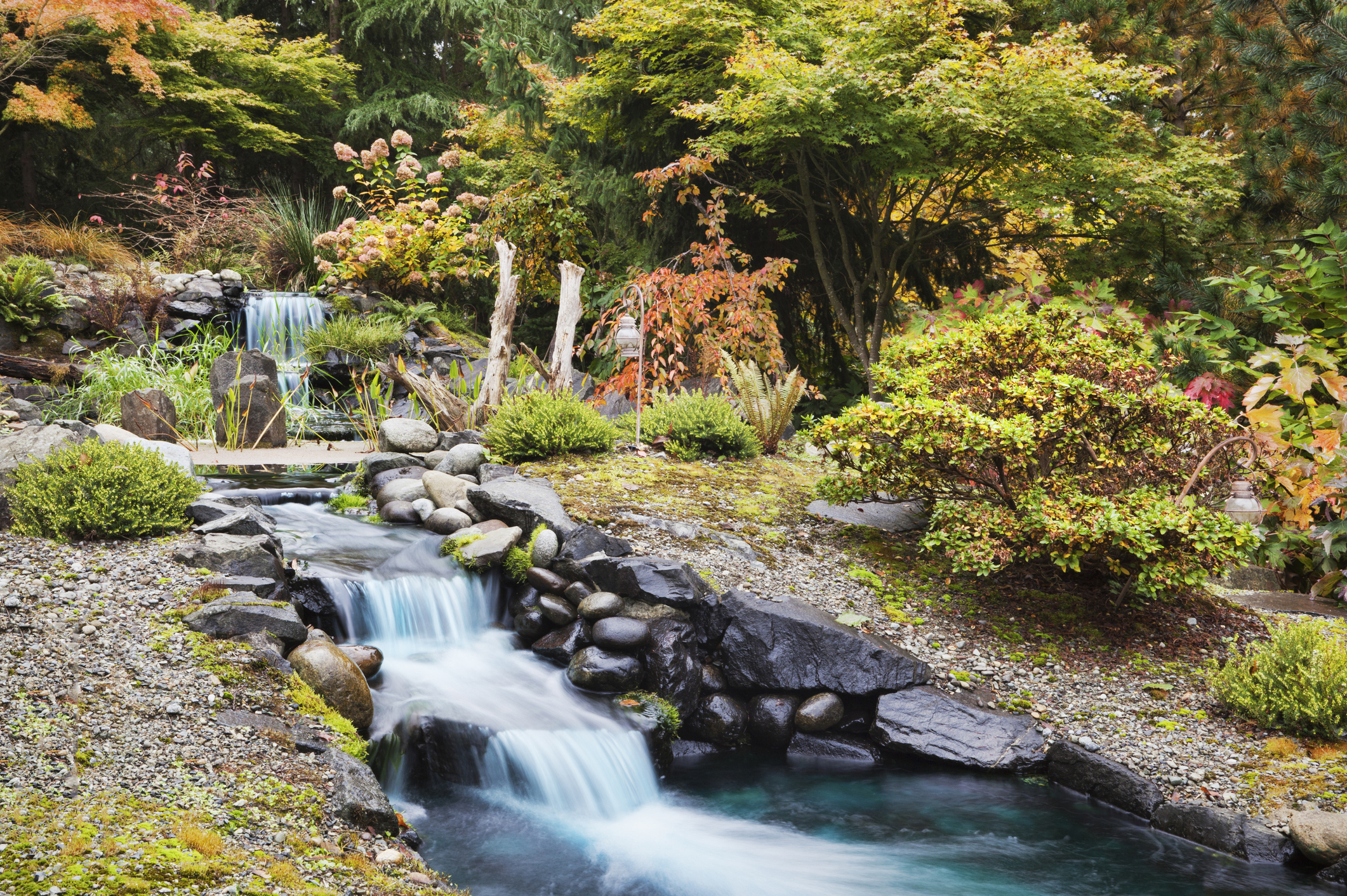
Sloping gardens open up a world of opportunities for using water, from simple and elegant rills which travel the site with short waterfalls to the replication of natural streams. Such features can make the space feel either more relaxed or much more wild and rugged.
One of the special qualities of water and slopes is the speed at which water can travel across the site. This means that if you have found the house of your dreams but it is slightly nearer a road than you may first wish for, careful planning with water can create background noise which deadens outside sounds, creating a haven of tranquillity.
5. Create Zones Across a Sloping Garden
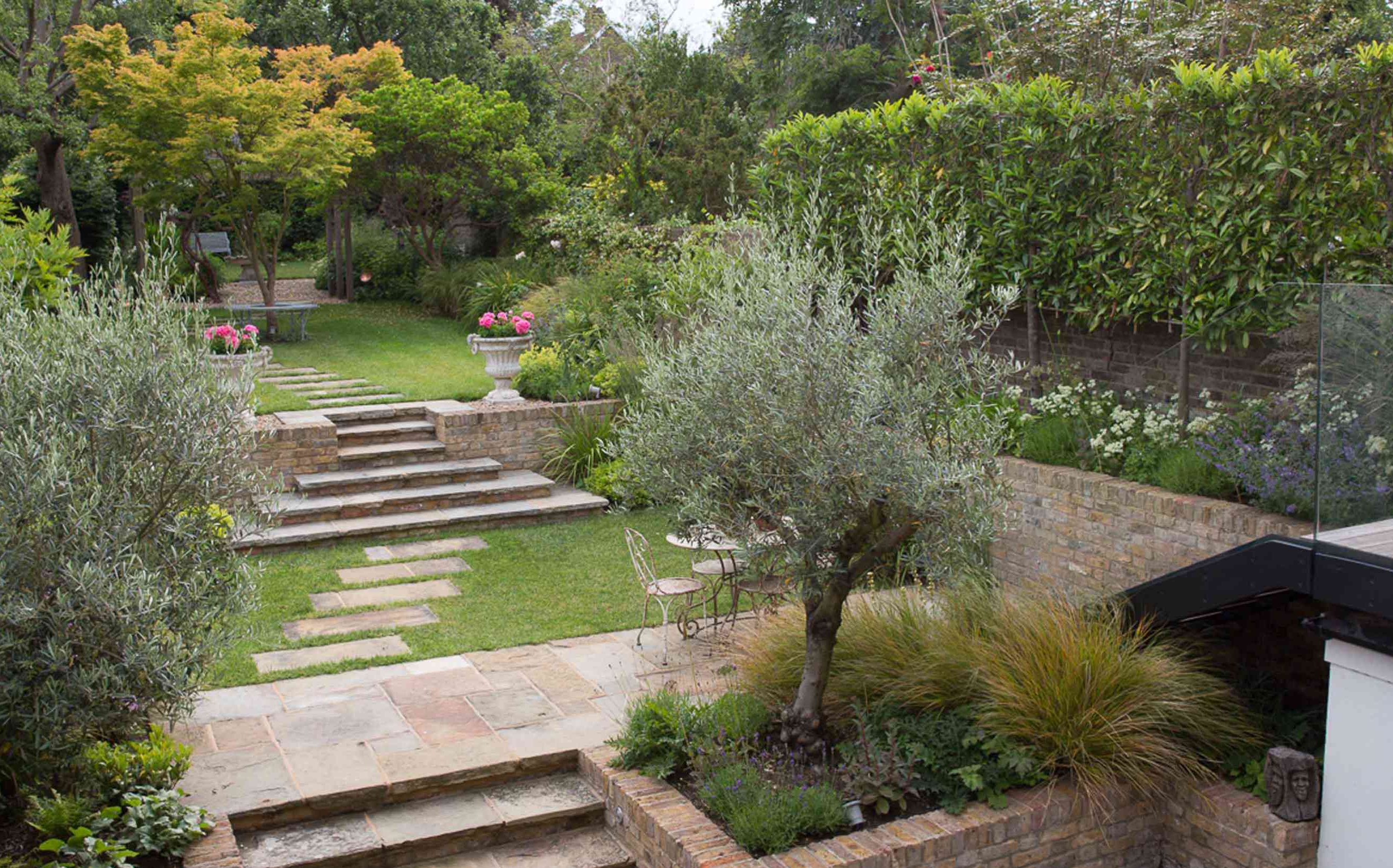
When building terraces or generally moving up or down a sloping garden, there’s a great opportunity to create clear cut zones for its use. A comfortable seating area is always great to have near the patio doors to enhance indoor/outdoor living, while a dining space might be well-located on a second tier — away from the hubbub of the kitchen, but not too far to carry plates in and out.
Anything recreational, from children’s playsets to hot tubs, is best located at the end of the garden, keeping noise further away from both your own home, and your neighbours.
An outdoor kitchen will likely be nearer the house because of the requirement of services, but if you’re planning to move these, it could be even more effective on a different terrace further away from the house.
(MORE: Outdoor Kitchen Ideas)
6. Planting Tips for Sloping Gardens
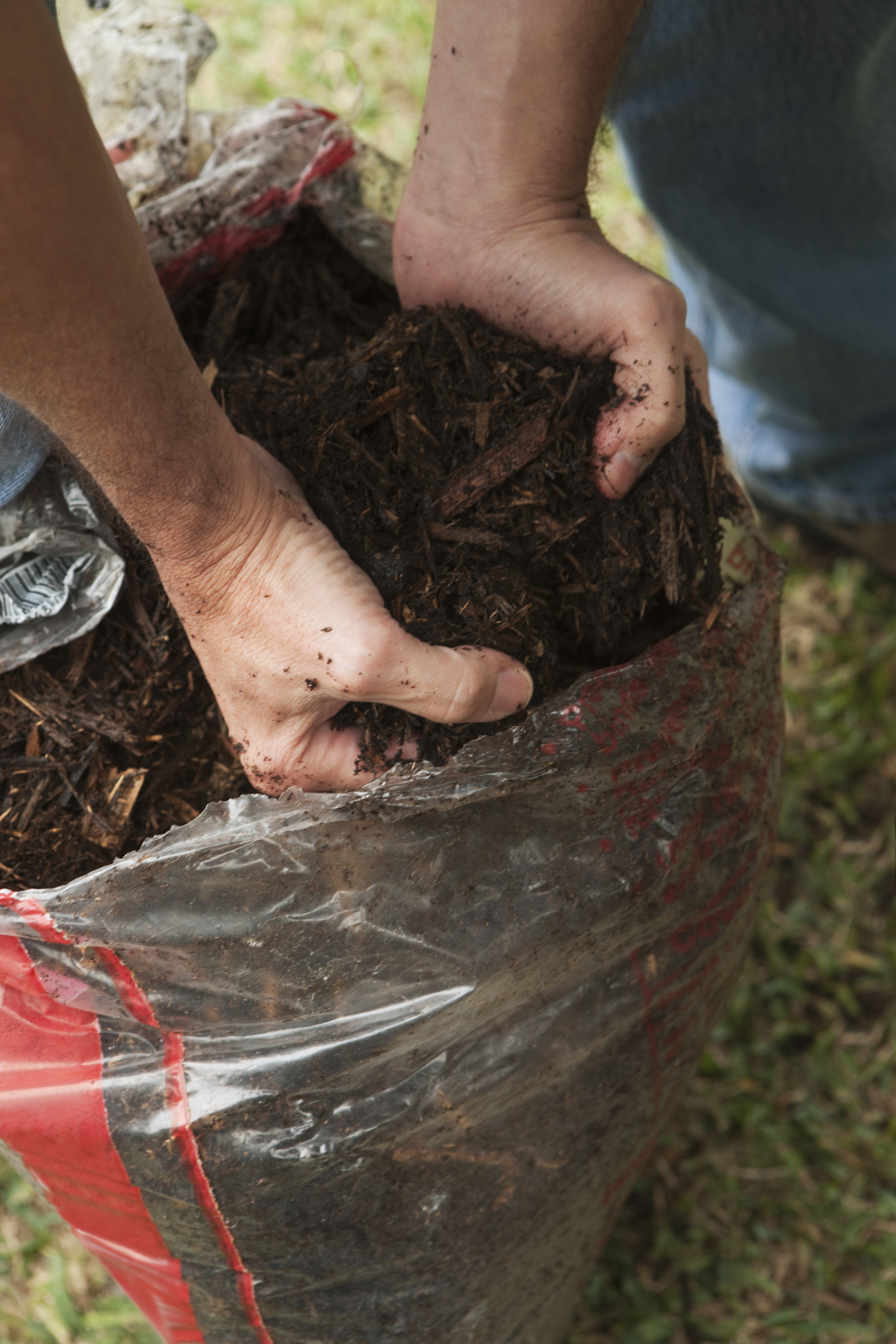
Sloping gardens, especially those at a steep gradient, have some issues when it comes to plant selection. Soil conditions can be sandy and poor as it’s prone to soil drying out quickly.
Choosing plants that thrive in quick-draining soil is the best idea, but there are ways to help retain more moisture in the soil. Planting through coconut matting is one way to help retain moisture on a slope better, while mulching the area will not only help keep the soil wetter, but also prevent weeds from growing in these tricky to manage spots.
7. Is Grass a Good Idea for a Sloping Garden?
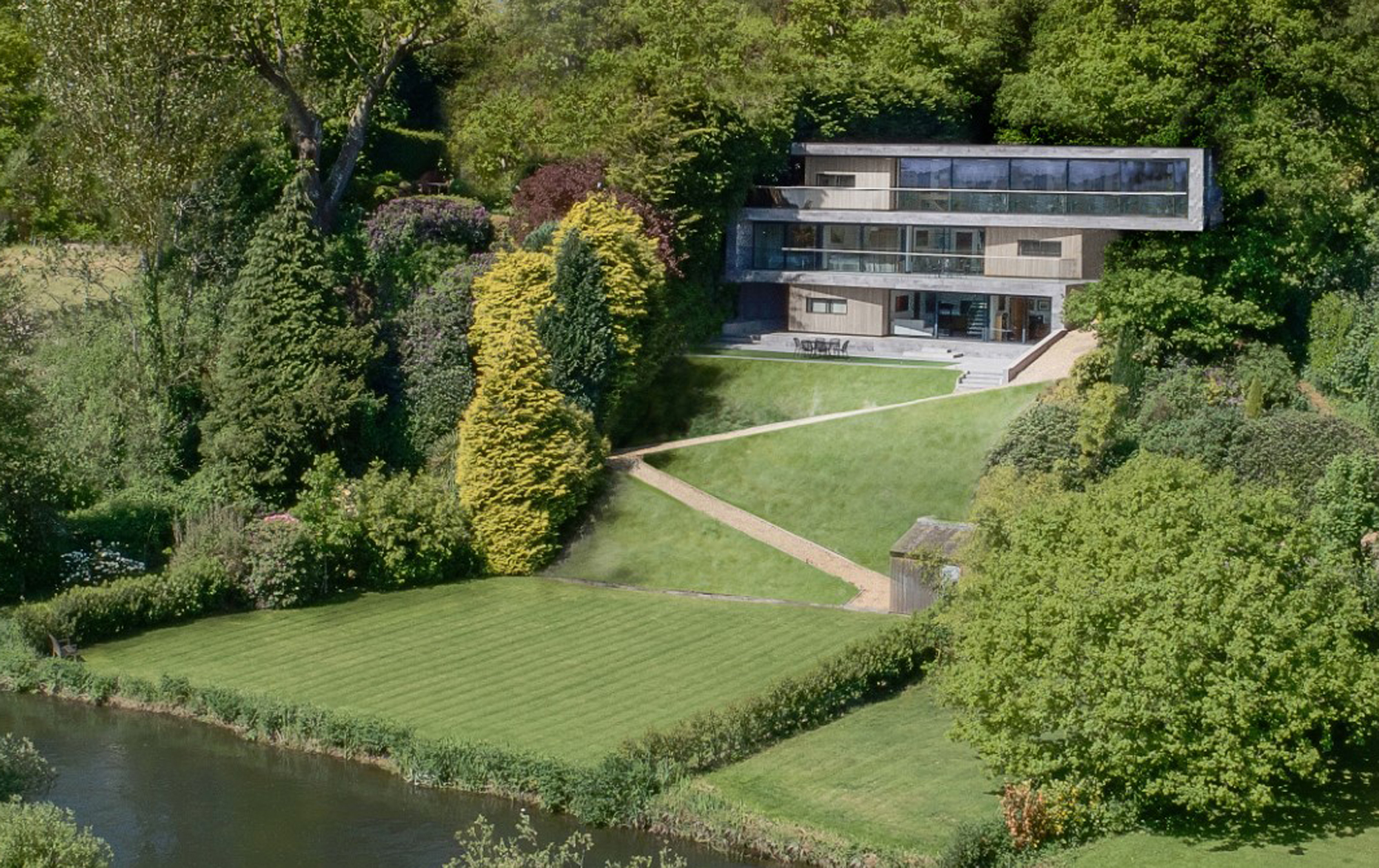
Close-mown grass lawn isn’t a practical choice for sloping gardens, as it’s difficult and potentially dangerous to maintain. However, larger ornamental grasses left to grow wild can be a great choice for sloping banks.
A wildflower turf is also a great choice for a sloping garden. Not only is it a quick way to establish flowers on a slope, but it’s quick to establish with deeper roots than grass turf, which can help anchor the soil and prevent soil erosion in your garden.
8. Play With Planting Height in a Sloping Garden
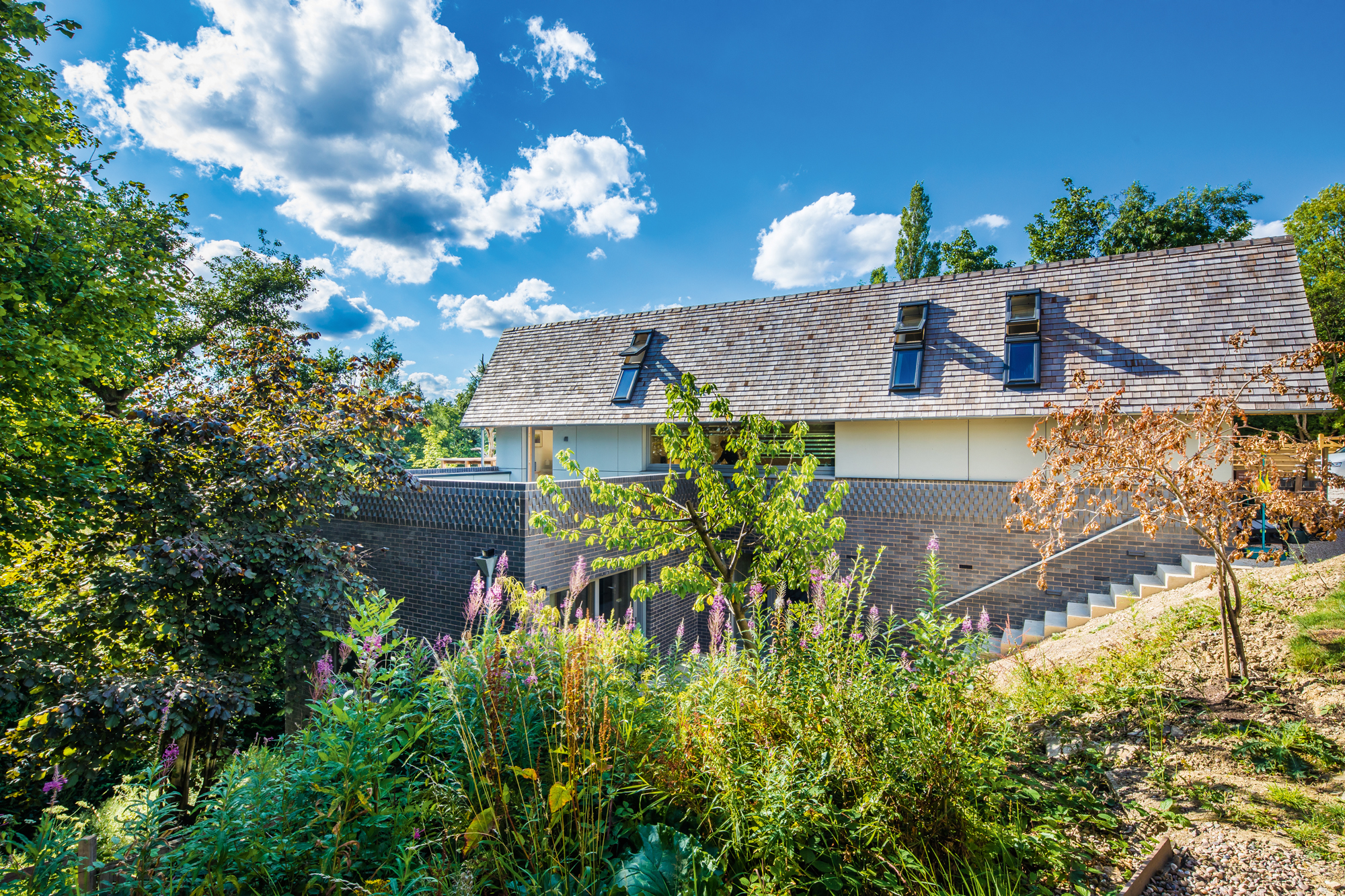
A sloping garden plot has some interesting scope to play around with height of planting. On one tier of the garden, you might find yourself under the shade of a tree, while on the next, you’ll see over the canopy.
This play on levels allows you to use climbing plants and structures in a way that is far more dynamic and design-led way than that which can be achieved in a garden resting on purely one level.
9. Low Maintenance Planting is the Perfect Idea for Sloping Gardens
